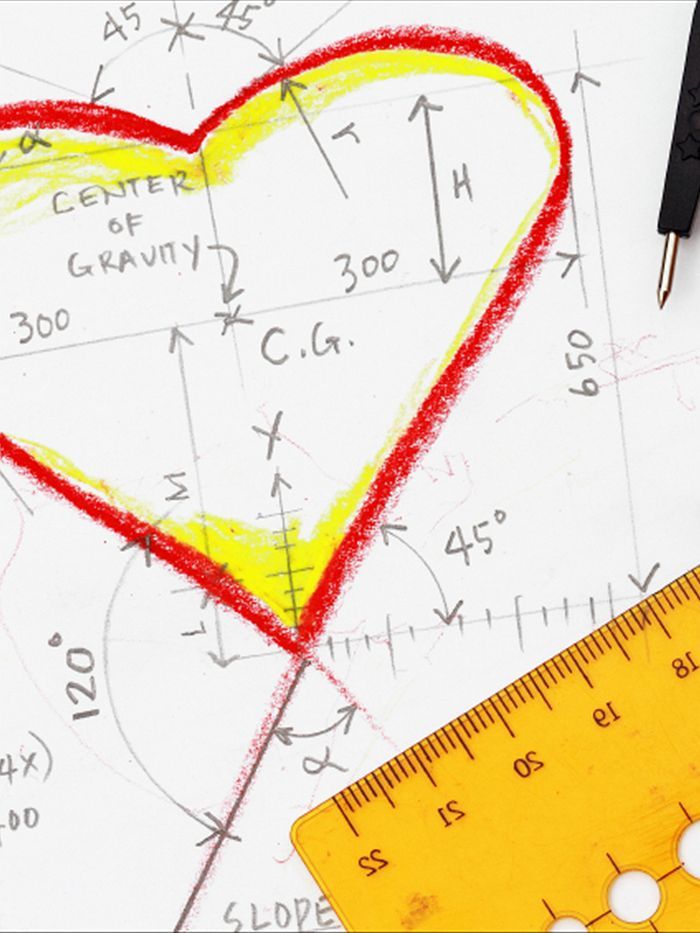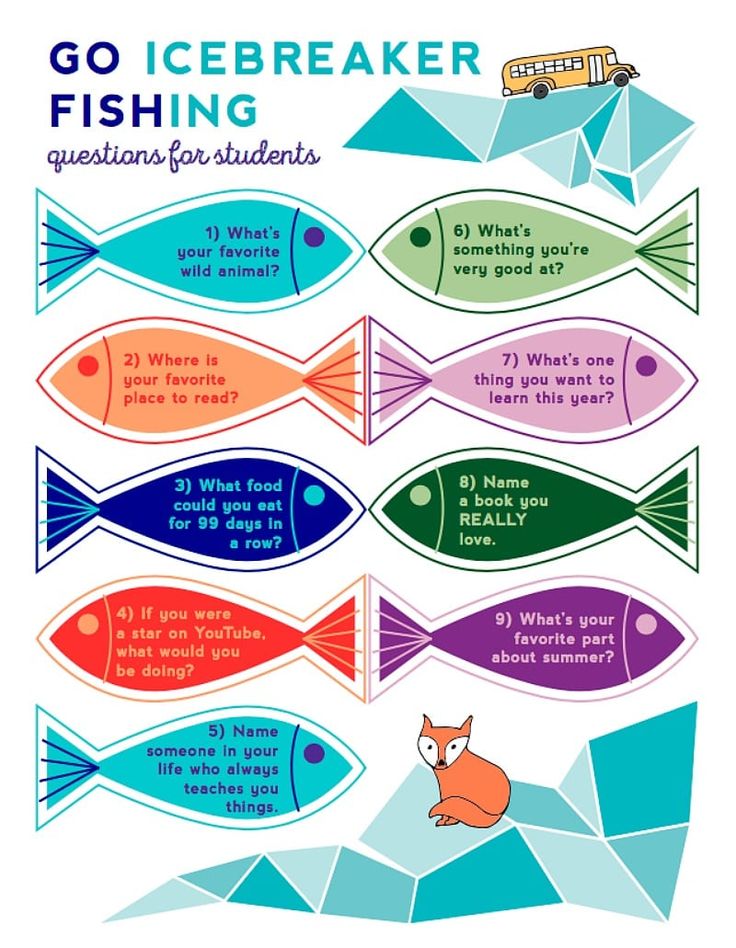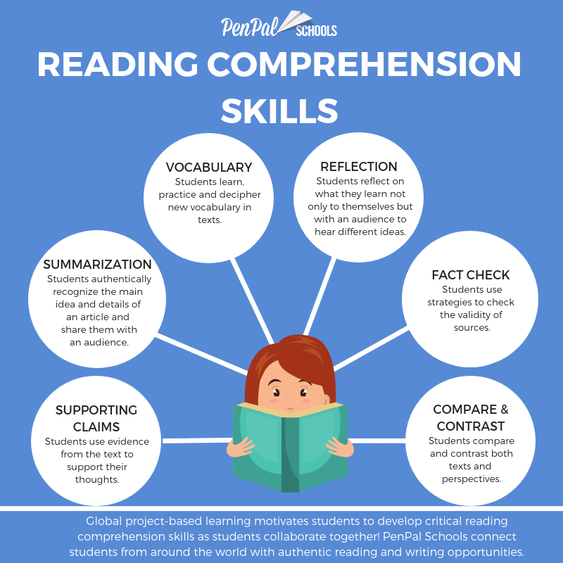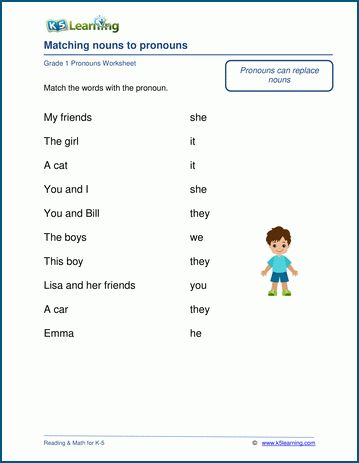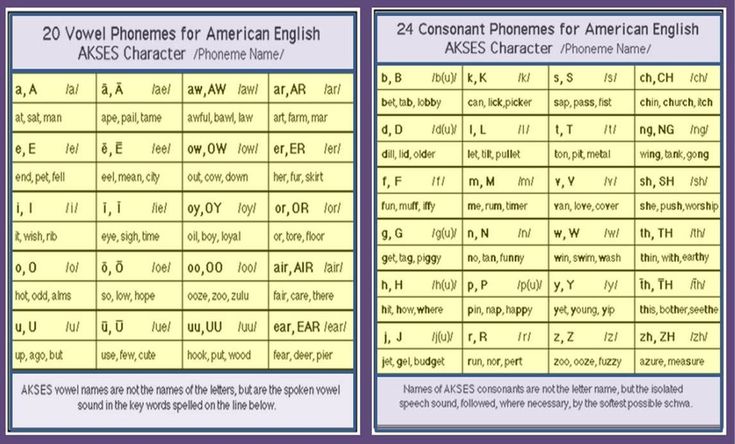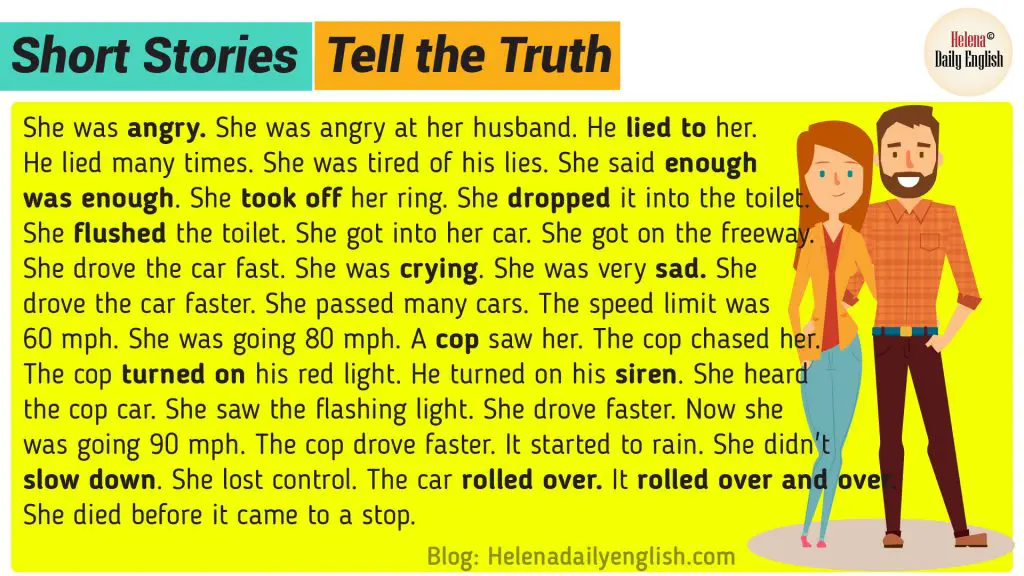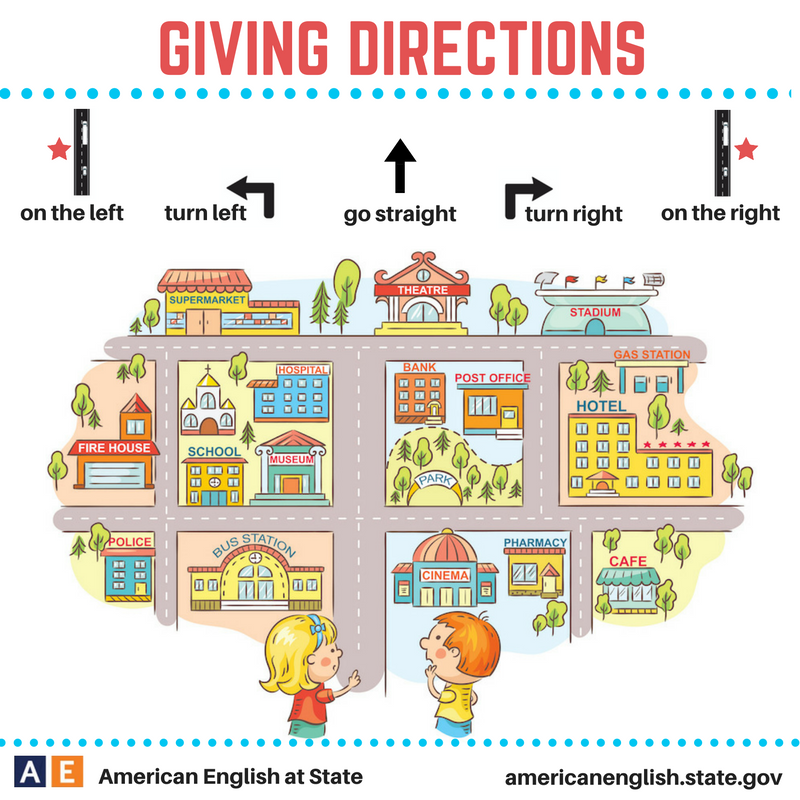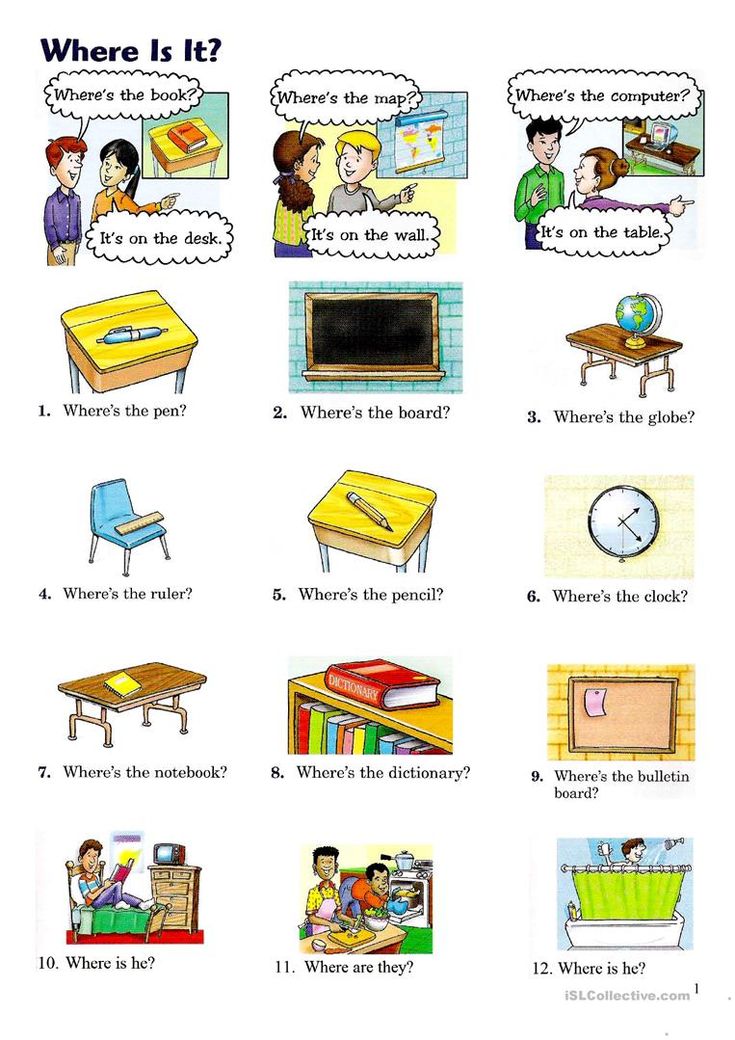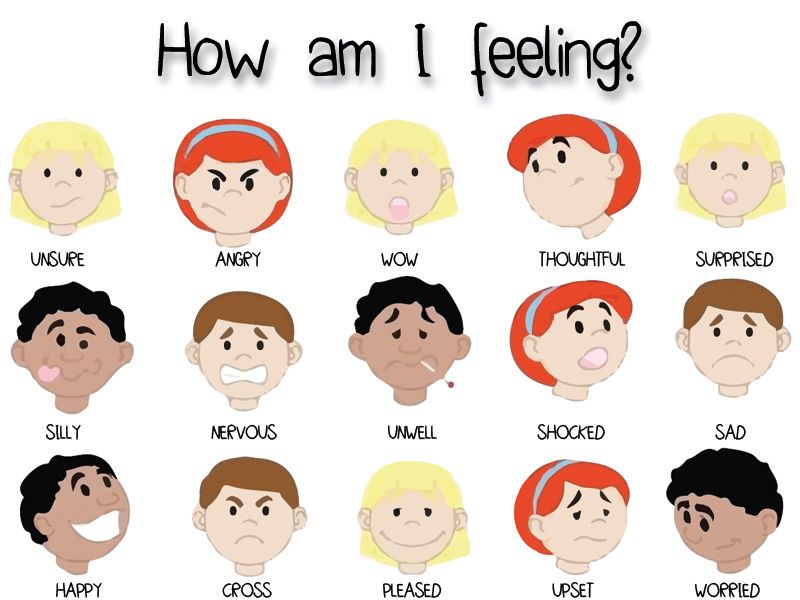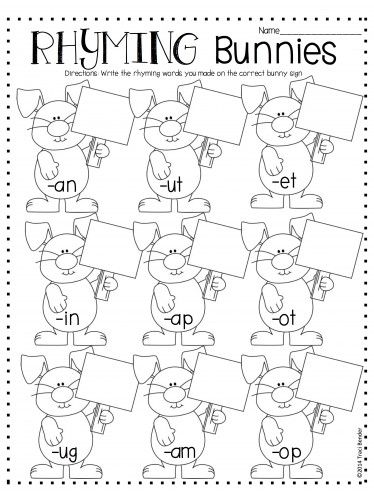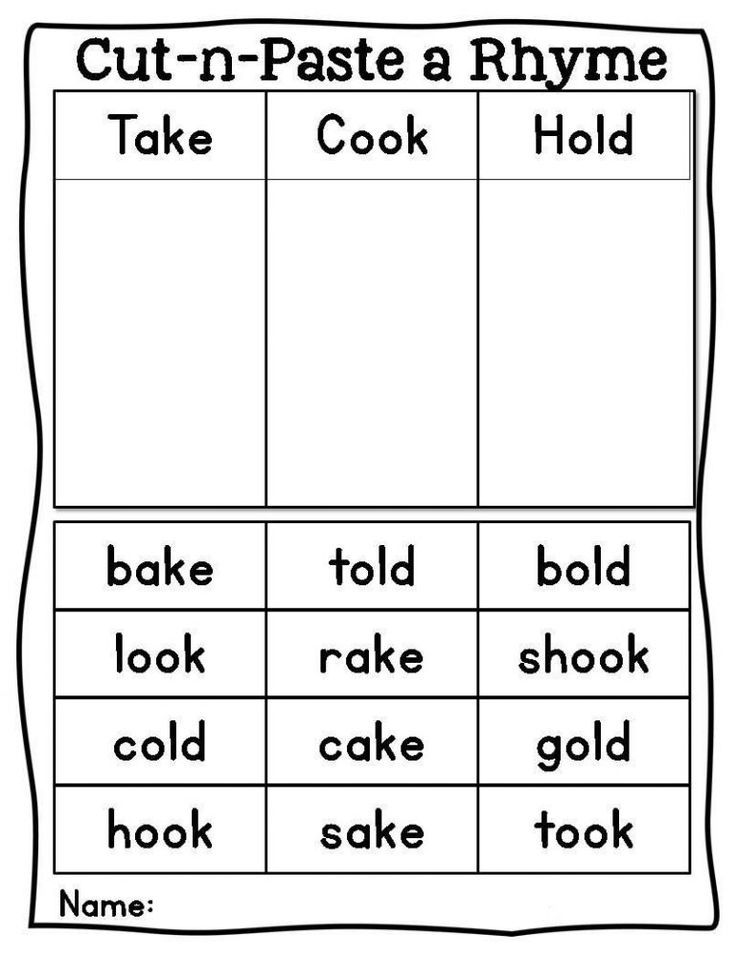Learn abc sounds
How To Teach Letter Sounds
Children don’t learn letter sounds, also known as phonemes ( the smallest unit of speech sounds), in one go. Children start learning letter sounds the first time they hear someone speak to them. So if we really want to get technical about how to teach letter sounds, the first thing is to talk to your babies. That is why when I was a director of a childcare center way back, it drove me bananas when the infant teachers were silent much of the day. Yes, a calm, quiet environment is important for babies, but so is a language-rich one. It’s important for preschoolers too! However, if you are here because you googled “How do I teach letter sounds to preschoolers?” you aren’t interested in babies. So let’s skip a few steps… if you are a preschool or kindergarten teacher eager to start explicit teaching, here are some great ideas.
Do I Have To Do Letter Of The Week To Teach Letters?
Absolutely not. When we talk about the letter of the week in research, what we are talking about is spending all week focused only on that letter instead of seeing how that letter works with other letters. That isn’t beneficial for children who are starting the process of formal literacy learning. That said, when it became popular to trash letter of the week, we threw the proverbial baby out with the bathwater. When children are ready to start learning letter sounds explicit, that’s exactly what we need to do be explicit and systematic. We don’t need to subscribe to an outdated letter of the week, but we do need to spend time introducing each letter by itself. In PreK, I see my role as the opening act, and I don’t expect my students to leave my class with a mastery of all 44 phonemes. I expect they will leave knowing some, and more importantly, being familiar that letters make specific sounds so when they are reintroduced to them in kindergarten, they have some prior knowledge to attach this to.
Letter Sounds Activities for PreK and Kindergarten
Mystery Box
This is a wonderful way of introducing letter sounds. When I am introducing a new letter sound, I start with this. I put multiple items that start with that letter sound into a mystery box . I invite one or two students up at a time to pull an item and say what it is. Let’s say I pulled a ball out because we are learning the sound b makes. After we all day what it is, I repeat the sound. ” /b/ ball ! Everyone together /b/ ball!” remember to keep the sounds quick, b doesn’t make a BUUUHHH sound. That’s a collection of sounds! So don’t draw them out.
I put multiple items that start with that letter sound into a mystery box . I invite one or two students up at a time to pull an item and say what it is. Let’s say I pulled a ball out because we are learning the sound b makes. After we all day what it is, I repeat the sound. ” /b/ ball ! Everyone together /b/ ball!” remember to keep the sounds quick, b doesn’t make a BUUUHHH sound. That’s a collection of sounds! So don’t draw them out.
Sound Sorting
After the mystery box, I will usually follow it up with sound sorting. This helps reinforce what we learned, and after doing this activity as a group, I will also put it out at free choice. See more details on how to do this here.
Letter Sharing aka Show n’ Tell
My students LOVE this activity, and I wish I could take credit for it, but my preschool has been doing it for decades. In the next class, after introducing the letter sound, students are invited to bring in an item from home that starts with that sound.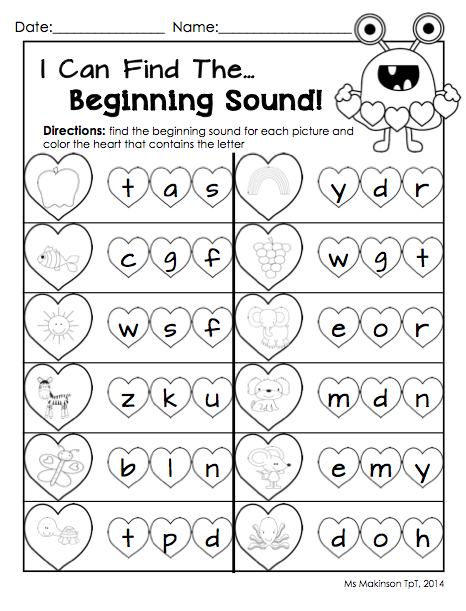 I try to stress that it’s the SOUND, not the letter, but sometimes we get a knife for k, which becomes a teachable moment.
I try to stress that it’s the SOUND, not the letter, but sometimes we get a knife for k, which becomes a teachable moment.
Small Group Letter Sound Activities
These letter-sound matching blocks are a favorite in my class and can be used in so many ways to teach preschoolers letter sounds.
I would have a lineup of students waiting to play this game, and can you blame them? It’s fun to hit things!
This printable game was great for the end of the year when my students were all familiar with these letter sounds.
This was another letter sounds activity that I ended up with a lineup of students eager to play. I didn’t start using this one until at least mid-way through the yea,r but this idea is easy to adapt.
Free Choice Phonics Activities
These phonics clip cards are an easy independent activity for your literacy center once your students have a good grasp on letter sounds.
This lock and key letter sound activity is self-correcting, so it’s perfect for free choice.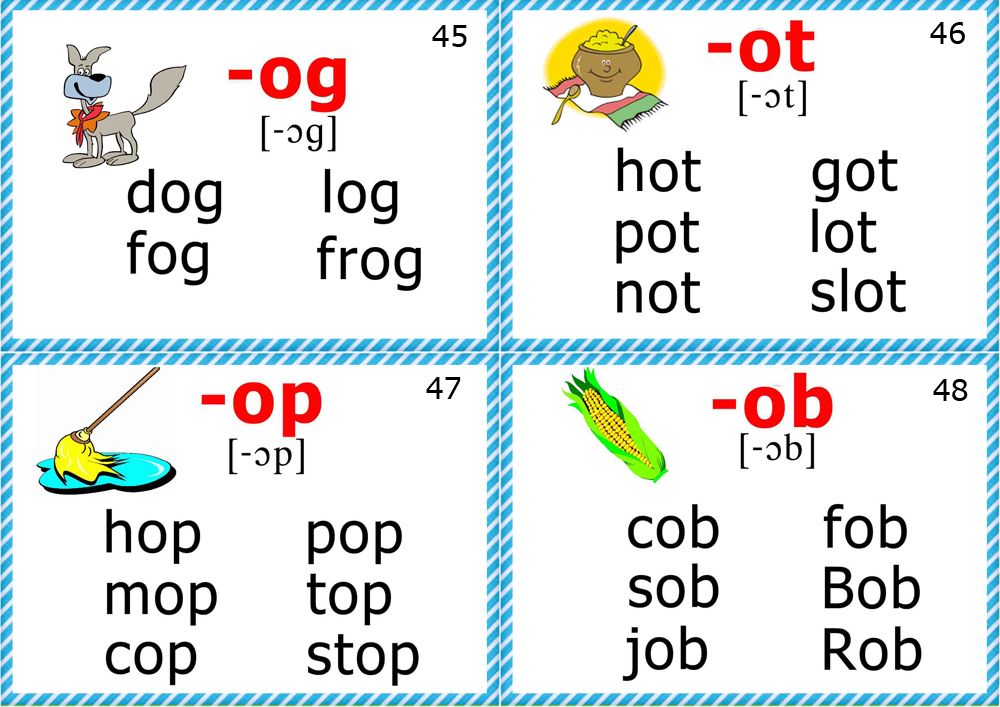
The basics: phonological awareness
Looking for more basic ways of teaching letter sounds. Check out these simple activities. If your students aren’t ready for this yet, don’t push it. Stay focused on more basic phonological awareness activities. Need ideas? Check out this post all about phonological awareness in preschool.
If your students aren’t ready for this yet, don’t push it. Stay focused on more basic phonological awareness activities. Need ideas? Check out this post all about phonological awareness in preschool.
Kids Phonics A-Z, Alphabet, Letter Sounds Learning on the App Store
Description
***** Parents‘ Choice Awards’ winner
***** Developed by an award-winning education studios, 22learn, the creator of the best-selling apps for kids, in cooperation with educational specialists to best prepare your children for success in preschool and kindergarten curriculum.
***** APProved by Famigo!!!
Lay the basics of your child’s literacy skills with this colorful, mysterious island full of phonics sounds.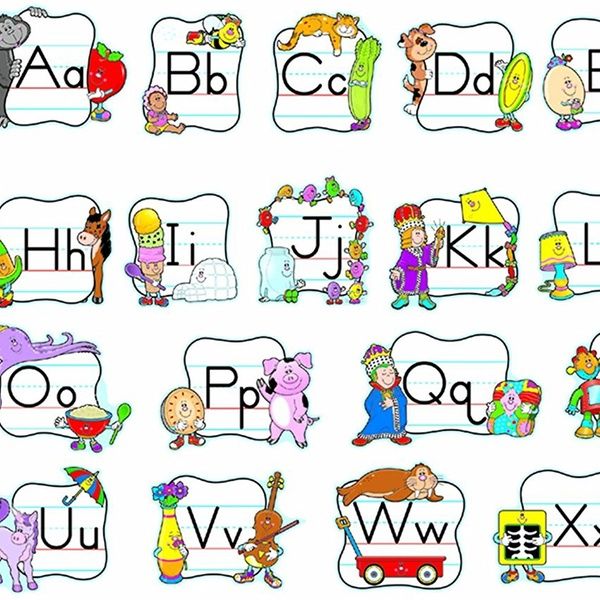 Children learn and have fun tracing letters, recognizing letter sounds, matching letters, and identifying beginning sounds. Embark on the adventure with adorable Abby the Monkey and her train to discover the secret of this island!
Children learn and have fun tracing letters, recognizing letter sounds, matching letters, and identifying beginning sounds. Embark on the adventure with adorable Abby the Monkey and her train to discover the secret of this island!
==================
The best introduction to phonics reading system!
==================
* NOW EVEN BETTER — FABULOUS NEW ACTIVITIES ADDED!
CHILDREN LEARN TO:
* Recognize letter sounds
* Trace uppercase and lowercase letters
* Match letters
* Recognize a variety of animals
* Identify beginning sounds
PURCHASING THIS APPLICATION (FULL VERSION ONLY), YOU CAN EXPECT TO GET:
-----
* 90 animal pictures situated in colorful sceneries, accompanied by authentic animal sounds and phonetic sounds of the animals’ initial letters
* 21 wonderful, professionally illustrated sceneries
* 7 alphabet phonetic sectors divided according to the Montessori methodology
* A series of fun mini-games
* Reward stickers
* Surprise upon completion of all levels
* Easy-to-use, child-friendly interface
* High-quality audio spoken by a professional voice-over actress
* Friendly, encouraging environment
-----
Hello everyone! Are you up to an adventure? I am Abby the Monkey, the friend you know from a highly-successful application series by 22learn, and I have prepared one for you! If you want to EXPLORE a strange animal island and LEARN PHONETIC LETTER SOUNDS, you shouldn’t wait a minute, and come with me!!!
But first let me tell you a story….
******************************************
Once upon a time, there was an island, an island of indescribable beauty and magnificence. There found a shelter the animals small and large, slimy and furry, savage and tame—all protected from evil hunters and curious eyes, supplied with food from the bountiful earth. Each year, a special event was held, when one, and only one, person from the whole humankind was selected and transported to the island (blinded, to preserve the island’s secrecy) to appreciate its beauty and spread the word about it, so that the island would never be forgotten.
The legend has it, that deep inside the rocky hill on the island, a treasure is kept. Yet, no one knows its secret anymore because the last humankind representative had enraged the animals on the island, and since then, the animals decided never to invite anyone again, and the island got lost in time and space.
All that remains from our knowledge is that through the whole island, a very special train goes. The train has a mind of its own and likes it when the passengers’ names start from certain sounds! It is said, that if someone was ever capable to fulfill all the train’s wishes, the train would transport the lucky being deep inside the rocks and reveal the island’s precious treasure!
The train has a mind of its own and likes it when the passengers’ names start from certain sounds! It is said, that if someone was ever capable to fulfill all the train’s wishes, the train would transport the lucky being deep inside the rocks and reveal the island’s precious treasure!
******************************************
But, you are asking, what does all this have to do with me, monkey Abby? Well, imagine what happened to me just recently! I was flying around with my plane when, out of the blue, the storm hit and my plane got lost!
And now, I am on this weird island that looks exactly like the legendary Phonics Island I told you about! Wohoo, how exciting! But I need someone to help me with all the strange tasks the train asks me to do! Do you want to be the one who will help me, and discover the island’s treasure together with me?
Thank you for your purchase!
Version 1.3.2
This app has been updated by Apple to display the Apple Watch app icon.
Phonics Island - THE BEST WAY TO PREPARE your kids for READING SUCCESS!
* Based on the requests from educational professionals, we added new exciting activities and options!
* Tracing: Learn to write all uppercase and lowercase letters!
* Balloon Pop Game challenges kids to practice identifying letters that match the sounds called.
* The possibility to choose uppercase or lowercase letters. The lettercase can now be selected directly from the main menu.
* For increased learning efficiency, we added possibility to turn off "stickers" activities (you can select this option in the Settings).
Ratings and Reviews
11 Ratings
Very effective intro to phonics!!!
Very effective intro to phonics
I got this app for my 4-year-old daughter to learn letter sounds, and this app made her learn just that! The design of the app is quite delightful and child-friendly.
Children who like animals will especially enjoy this app as phonemic awareness is developed through initial sounds in the names for animals. There is a variety of games to keep children interested and also reinforce their learning. My daughter loves to pop balloons with the letters called. She got so much better at quickly sounding out sounds since she got this app. Very effective for learning!
I would re-record the phonics before allowing any more downloads of this app
I deleted it and will not try it again until the phonic letter sounds are recorded to better portray the ACTUAL sounds of the letters. This is not s good learning app! This is a bad learning app for teaching the sounds of the letters to English speaking children.
Another amazing learning app for children!
22Learn has really done an outstanding job with this amazing learning app featuring the famous Abby the Monkey that my kids have come to love! They loved all the games from tracing letters, to letter matching and much more.
My kids absolutely loved all the animals which really kept their interest in all the activities. The graphics are outstanding and overall is very child user friendly. The sounds are crystal clear and my kids loved being recognized for their correct answers. I highly recommend this app to everyone that has or teaches children!
The developer, 22learn, LLC, has not provided details about its privacy practices and handling of data to Apple. For more information, see the developer’s privacy policy.
No Details Provided
The developer will be required to provide privacy details when they submit their next app update.
Information
- Seller
- 22learn, LLC
- Size
- 71.6 MB
- Category
- Education
- Age Rating
- 4+, Made for Ages 0–5
- Copyright
- © 22learn, LLC
- Price
- Free
- Developer Website
- App Support
- Privacy Policy
More By This Developer
You Might Also Like
5 Ways to Learn the Alphabet Quickly and Easily with a 3-6 Year Old Child – Somersault
Before learning the alphabet with a child, it is important to understand what you are not going to do.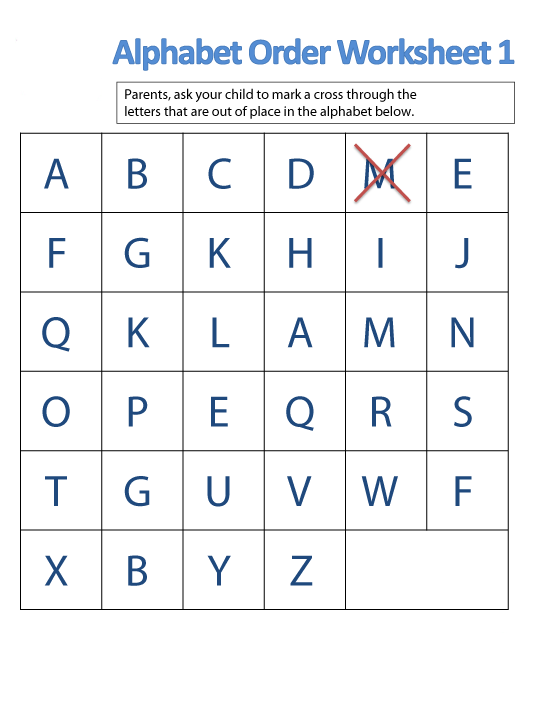 Namely, learning to read. This is a more complex skill, so it is worth putting it off until the time when the child gets acquainted with all the letters and will confidently recognize them and write on their own. Until then, put off the alphabet and reading by syllables.
Namely, learning to read. This is a more complex skill, so it is worth putting it off until the time when the child gets acquainted with all the letters and will confidently recognize them and write on their own. Until then, put off the alphabet and reading by syllables.
In this article, we have put together the basic principles to quickly learn the Russian alphabet with a 3-6 year old child in a playful way. For all games with letters, you can use plasticine, paints and any improvised means or magnetic letters - they will easily attract the attention of the child.
Contents:
- Learn the Alphabet Easily: Basic Principles
- 5 ways to learn the alphabet with your child
- From alphabet to reading
How to Learn the Alphabet Easily: Basic Principles
Each child can find an easy way to learn the alphabet that suits him or her, but there are basic principles that are important for all children. If you do not follow them, study will turn into drill and the child is unlikely to ever love to read. Here are a few such principles on how to properly learn the alphabet for a child.
If you do not follow them, study will turn into drill and the child is unlikely to ever love to read. Here are a few such principles on how to properly learn the alphabet for a child.
- Learn sounds first, not letters . At the first stage of learning, it does not matter how the letters in the alphabet are called correctly. Now only sounds are important for the child - "d", and not the letter "De". The names of the letters will only confuse the child, who first needs to learn to recognize the shape of the letters and their sound.
- Not learning the alphabet in the correct sequence . Until a child goes to school, it is of no use to him to know how the letters are arranged in the alphabet. This information will only distract him from what is really important: how the letters look and sound. The sequence of the alphabet can be learned later or even at school, where this knowledge will be tested by the teacher.
- Do not turn learning into a lesson .
 Learning from call to call is difficult even for children at school, let alone a baby. Therefore, all learning should take place in a playful way and not for long: 5-7 minutes a day to get acquainted with the letters will be enough. Gradually, this time can be increased, especially if the child likes the proposed games with letters.
Learning from call to call is difficult even for children at school, let alone a baby. Therefore, all learning should take place in a playful way and not for long: 5-7 minutes a day to get acquainted with the letters will be enough. Gradually, this time can be increased, especially if the child likes the proposed games with letters. - Use material objects . At the age of 3-6 years, the child learns the world by touch and taste. It is difficult for him to work with abstract letters spoken aloud. Therefore, it is better to stock up on plasticine and paints and create letters that are more understandable to the child and can be touched. Such a game for children will allow the child to learn the letters of the alphabet and he will recognize them in different forms regardless of what they are made of.
- First vowels, then consonants . Vowel sounds are easier to pronounce, so it's worth starting with them.
The main thing is not to force anyone.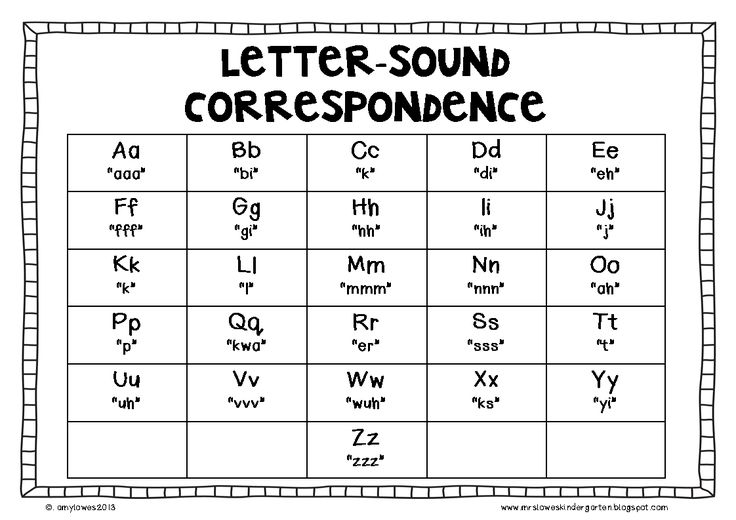 If you see that the child is inquisitive, enjoys exploring the world and is ready to learn, you can move on to learning letters and the alphabet. So the child will be happy to learn the alphabet in a playful way and gradually learn to read. So that the game is not abstract, you can use the magnetic letters TUMBLING.
If you see that the child is inquisitive, enjoys exploring the world and is ready to learn, you can move on to learning letters and the alphabet. So the child will be happy to learn the alphabet in a playful way and gradually learn to read. So that the game is not abstract, you can use the magnetic letters TUMBLING.
5 ways to learn the alphabet with your child
1. Use an interesting topic to study
Use your child's interest to spur his motivation to learn. For example, if your kid is crazy about cars, let them be the topic in which you learn the alphabet. Use any words related to cars:
"A" - bus
"B" - trunk
"C" - driver, etc.
You can show cars and their parts, draw or sculpt from plasticine. It is important that the child's focus shifts from learning to doing what they love. Additionally, the method will help expand vocabulary and knowledge about the world.
2. Cross out a letter of the alphabet in the list
Fill in a small square with arbitrary letters.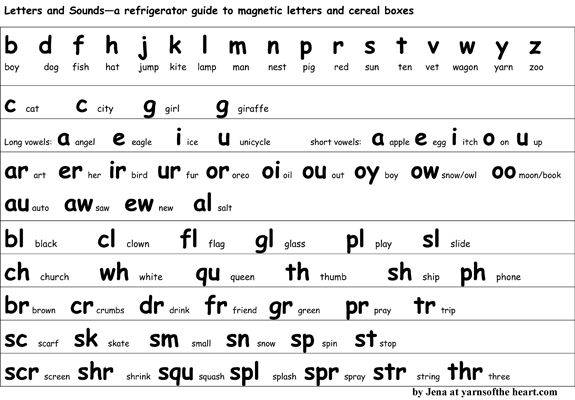 The task is to cross out only the letter that you are studying. This will help the child focus on one letter and not get distracted by the ones he doesn't remember or don't know.
The task is to cross out only the letter that you are studying. This will help the child focus on one letter and not get distracted by the ones he doesn't remember or don't know.
3. Pulling the letters of the alphabet out of the pouch
The soft-touch magnetic letters are perfect for this method. Put the letters in a bag and give the child the task, without looking, to pull out only the letter that you thought of. Let there not be too many letters in the bag, otherwise the child will get confused. 6-7 pieces will be enough. To start, use letters that are very different in shape, such as "O" and "M". Gradually, the complexity can be increased and searched among similar letters, for example, "K" and "X". Don't forget to praise and encourage your child. You can alternate the learning process with desktops.
4. Recognize letters of the alphabet by ear
You pronounce a word, and if it contains a hidden letter, the child claps his hands.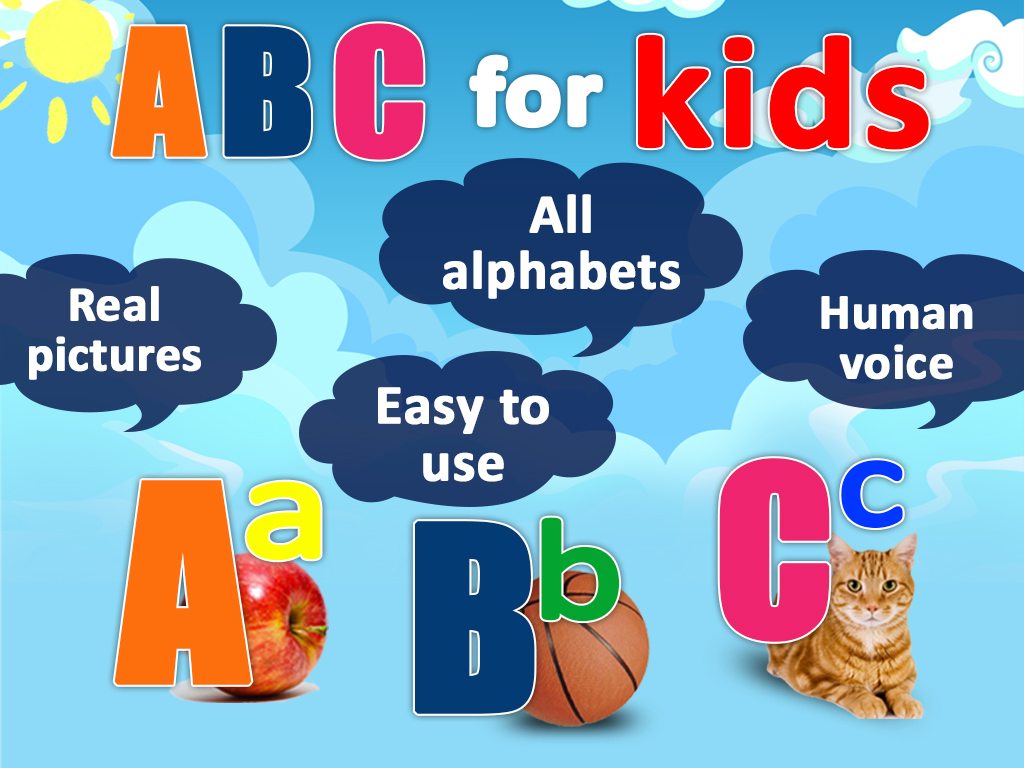
With this game for kids, you can learn individual letters or the entire alphabet. For example, you name a word, and the child inserts its first letter into the insert frame. To stimulate your child's interest, you can use only words from his favorite topic, for example, the names of animals.
5. Guess words starting with the first letter
You choose one letter and think of a word that starts with that letter. For example, the letter "Z":
- What is this animal with big ears and loves carrots?
- Hare!
This game form is again suitable for learning individual letters or the entire alphabet. If you learn only one letter, the child gets used to quickly recognizing it in different words. And if you give words with different letters, the child as a whole learns to understand with which letter they begin. With the study of the account and the English language will also help TUMBLING.
From the alphabet to reading
When a child learns the Russian alphabet, confidently recognizes all the letters in different words and can draw or mold them on his own, it is worth moving on to reading. Because you need to learn the alphabet just so that the child can read. If knowledge is not used, it will hang as an extra burden, and by the time school will be forgotten. Therefore, you should not learn the alphabet too early: at 3-4 years old, a child is simply not interested in reading books in order to learn something new. He is more interested when his mother reads. Conversely, by the age of six, the child will be glad to have his own books to read them himself.
Because you need to learn the alphabet just so that the child can read. If knowledge is not used, it will hang as an extra burden, and by the time school will be forgotten. Therefore, you should not learn the alphabet too early: at 3-4 years old, a child is simply not interested in reading books in order to learn something new. He is more interested when his mother reads. Conversely, by the age of six, the child will be glad to have his own books to read them himself.
Vowel sounds and letters. How many are there in Russian?
We will teach you how to write without mistakes and tell stories in an interesting way
Start learning
The correct pronunciation of words is one of the components of a beautiful and literate speech. To achieve this, you will first have to study the sounds themselves. In this article, we will figure out together what vowel sounds are, how many vowels are in the alphabet of the Russian language, and what sounds they can represent.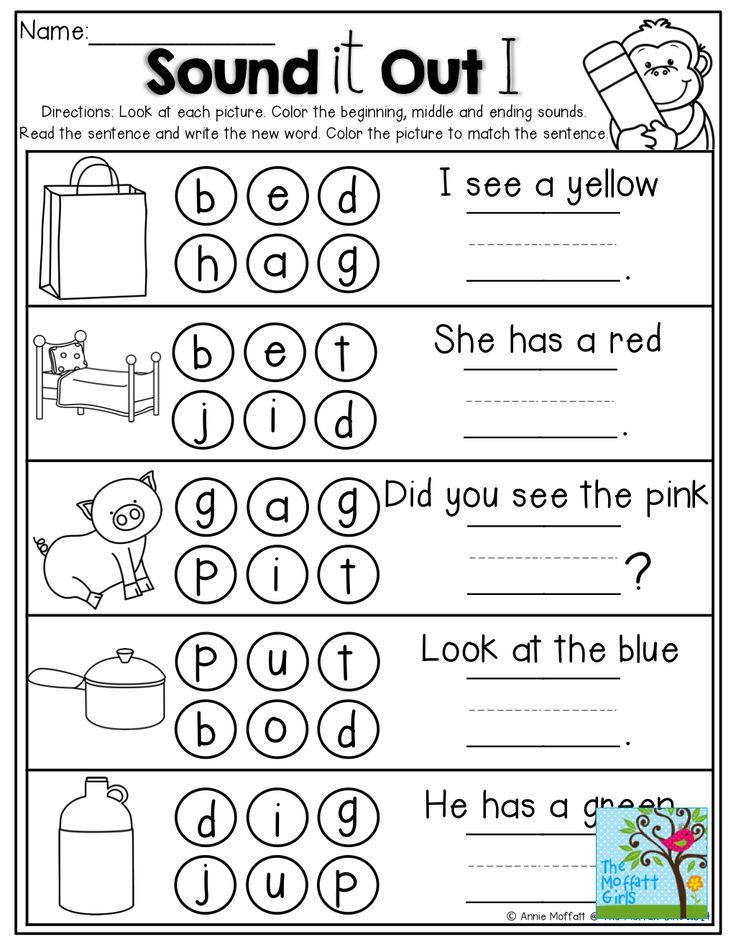
What are vowels and sounds
Vowel sounds are those sounds that we freely convey with our voice. Hence their name comes from: voice means "voice". When pronouncing, air exits through the mouth and does not create noise, and the position of the tongue and lips determines which vowel sound we will pronounce.
There are much fewer vowels in Russian than consonants. There are 6 of them in total: [a], [o], [i], [s], [y] and [e]. To understand whether a vowel sound is in front of you or not, try to sing it. For example:
-
a-a-a ,
-
y-y-y
-
s-s-s .
If it works, then the sound is a vowel. You can't do that with consonants.
There are more vowels than sounds - there are 10 of them: a, i, u, u, o, e, e, e, i, s . This difference is due to the fact that some of these letters can represent two sounds and are pronounced using a combination of a vowel and a consonant [y']. For example, in word spruce the letter e expresses two sounds - [y'] and [e]. Let's look at the table all the vowel sounds and the letters that represent them.
This difference is due to the fact that some of these letters can represent two sounds and are pronounced using a combination of a vowel and a consonant [y']. For example, in word spruce the letter e expresses two sounds - [y'] and [e]. Let's look at the table all the vowel sounds and the letters that represent them.
| Letter | Sound | Example |
|---|---|---|
| a | [a] | pharmacy |
| i | [a] [d'] + [a] | change anchor |
| y | [y] | moon |
| [y] [y'] + [y] | love skirt | |
| o | [o] [a] | horse milk |
| e | [e] [th'] + [e] [and] | victory raccoon great |
| e | [o] [d'] + [o] | rope hedgehog |
| e | [e] | evolution |
| and | [and] [s] | caviar life |
| s | [s] | choice |
Demo lesson in Russian
Take the test at the introductory lesson and find out what topics separate you from the "five" in Russian.
How vowel sounds are related to syllables
Vowel sounds form syllables - sound segments of words that we pronounce with one breath. One syllable can be either a vowel with one or more consonants, or a vowel alone. There is even a rule by which syllables can be counted: how many vowels in a word - so many syllables.
For example, in the word journey there are 5 vowels: [u], [i], [e], [i] and [e]. This means that it has 5 syllables: p-te-she-stvi-e .
Test yourself!
Count the number of syllables in the words: try on, tanner, well-groomed, care, prefix, capital, wet, invitation, orange .
Vowel sounds and stress
Now let's see what groups vowel sounds are divided into. Sometimes their pronunciation depends on whether the stress falls on them, that is, whether we single them out with our voice. So vowel sounds are divided into stressed and unstressed. Here are some examples:
Here are some examples:
| | | |
|---|---|---|
| | | |
| | | |
| | | |
Stress in Russian can fall on any of the existing vowel sounds. However, only 4 of them can be unstressed - these are [a], [i], [y] and [s]. In this position, we pronounce sounds weaker than under stress, because of which they can change qualities and sound differently.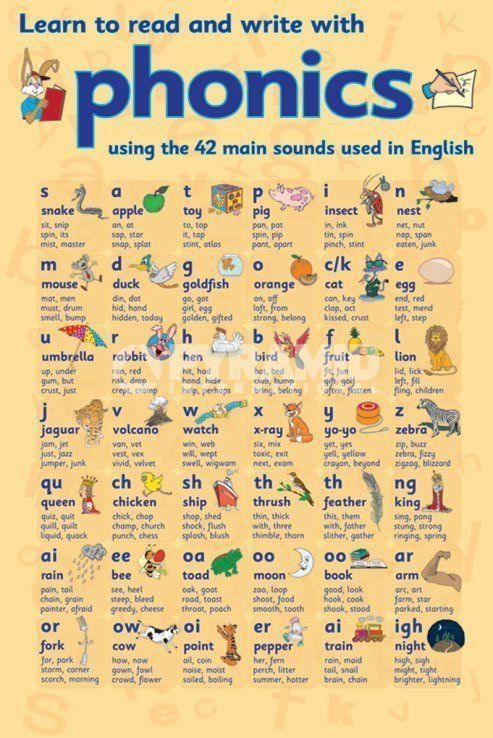
Interestingly, the vowels [o] and [e] can only be stressed. There are only a couple of exceptions to this rule: for example, in words cocoa and canoe sounds [o] and [e] in an unstressed position.
How unstressed vowels are related to consonants
How an unstressed vowel sounds depends on the consonant that precedes it. Or rather, from its hardness or softness. If it is a hard consonant, it can be followed by unstressed vowels [y], [a] and [s]. When we talk about a soft consonant, it is followed by unstressed vowels [y] and [and].
| | |
|---|---|
| | |
| | |
| | |
Test yourself
It's time to find out if you now understand well what vowel sounds are in Russian. To do this, we have prepared tasks for self-examination.
To do this, we have prepared tasks for self-examination.
Task 1
List all the vowels in these words:
-
fair,
rejoice,
doll,
distant,
buddy,
voting,
mirror,
story,
OK,
captivate.
Task 2
Name 5 words each in which the sounds [a], [i], [y] and [s] would be in a stressed position.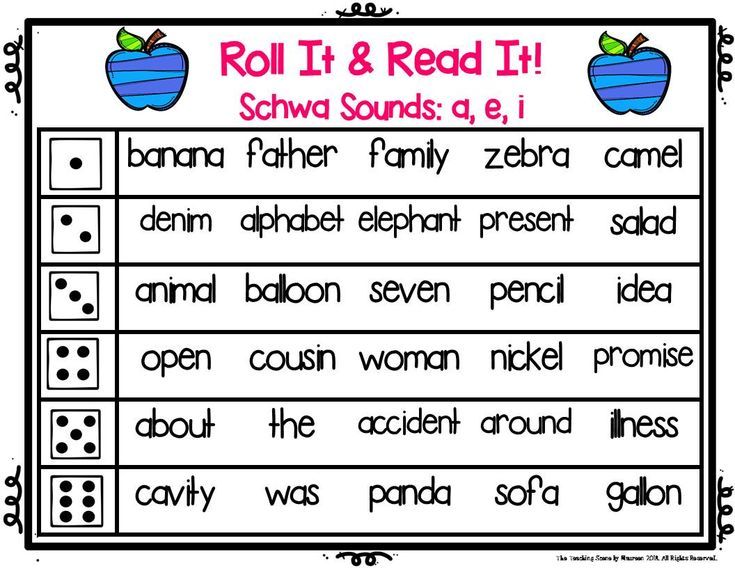
Task 3
Name 5 words in which an unstressed vowel would come after a hard consonant, and 5 more words where it would follow a soft consonant.
Task 4
Count the number of syllables in the words below (don't forget to use the rule you learned at the beginning of the article!):
-
weightless,
-
sunrise,
-
adventure,
-
painter,
-
perpetuate,
-
pleasant,
-
image,
-
category,
-
exciting,
-
melting,
-
snowflake.
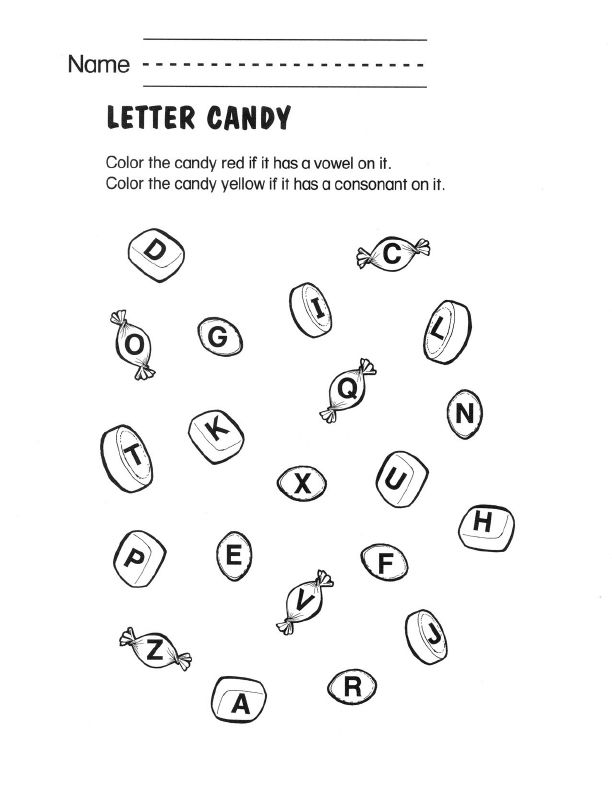
Learn more

